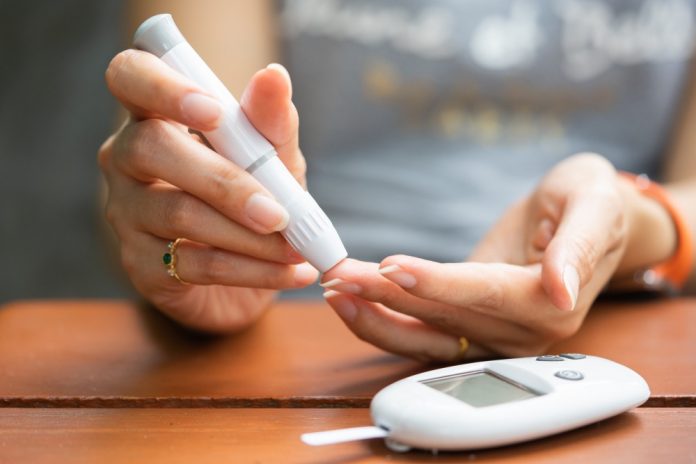Chances are there are chemicals lurking within your home that may increase the risk of high blood pressure and diabetes among children and adolescents say scientists releasing this information. What are these chemicals? They are two chemicals commonly used in the manufacture of a variety of products (soap, cosmetics, infant-care products, processed food containers, adhesives, and plastic wrap, etc)—di-isononyl phthalate (DINP) and di-isodecyl phthalate (DIDP).
Common chemicals found in myriad products known as phthalates can significantly contribute to high blood pressure and diabetes in children.
Pixabay
Phthalates are substances added to plastics to increase their strength, flexibility, and transparency. They easily enter the human body when foods or drinks held in containers containing phthalates are consumed, when products that contain them are applied to the body, or to a lesser extent through inhalation of phthalate dust and vapors.
Given the vast number of products that contain phthalates, it is virtually impossible to avoid exposure to them. In fact, many Americans test positive for the breakdown products (metabolites) of phthalates in their urine.
Unfortunately, this repeated exposure carries significant risks and can be dangerous to human health. According to Appalachan State University, phthalates block male hormones and may interfere with the normal development of genitalia. In addition, they are endocrine hormone disruptors that interfere with normal brain function, and may send signals that increase the risk of autism, breast and testicular cancer, and male infertility.
A recent series of studies conducted by NYU Langone Medical Center suggests that the phthalates DINP and DIDP might be independent contributors to metabolic disorders, insulin resistance (a precursor to diabetes), and high blood pressure. The most recent study, scheduled to appear in the July 9, 2015 issue of Hypertension, reports that both chemicals are significantly associated with elevated blood pressure in children and adolescents.
More than 350 children and adolescents ages 12 to 19 were included in the study and confounding factors like diet, physical activity, race/ethnicity, income and others were accounted for.
The study authors released previous research in the May edition of the Journal of Clinical Endocrinology and Metabolism that demonstrated adolescents with the highest concentrations of DINP and DIDP in their blood had the highest insulin resistance. An astonishing one in three adolescents with high phthalate levels had insulin resistance.
The best way to avoid this risk is to reduce exposure to phthalates as much as possible. Some ways to do so include:
Eat fresh, organic fruits and vegetables rather than canned or packed produce.
Choose products that say “phthalate-free” on the label.
Avoid products that list “fragrance” or “parfum” as ingredients. This is a key that phthalates are likely present in the product. Use products scented with pure essential oils instead.
Use phthalate-free plastic bottles—usually labeled with a 1,2, or 5 recycling code.
Don’t heat your food in plastic containers.
Consider investing in a nanofiltration water filter that removes phthalates from water sources.
Deodorize your home with natural cleaning products like vinegar, baking soda, and essential oils instead of chemical-based deodorizers.
Purchase cloth shower curtains instead of plastic, which are usually made of plastic that contains phthalates.
Avoid toys manufactured before improved phthalate regulations came into effect (2009 in the U.S. and 2006 in Europe).
Avoid infant products made from plastic and choose natural rubber or silicone products instead.








